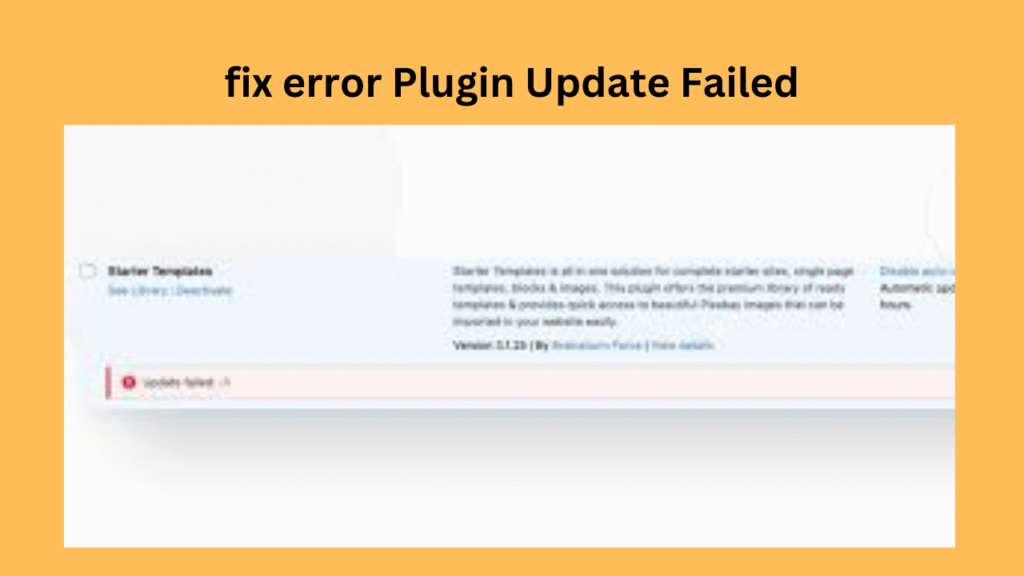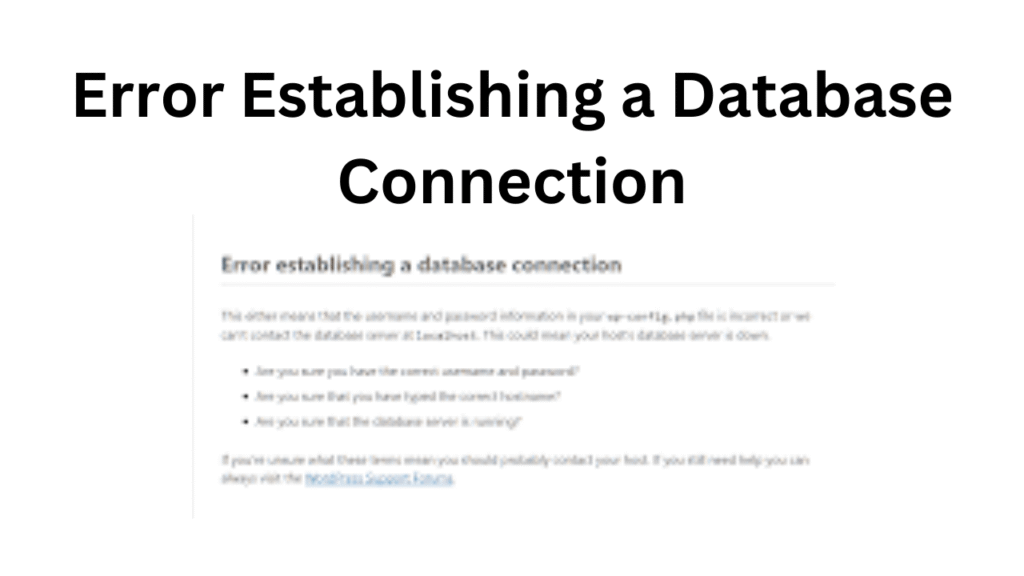increase site authority and traffic takes consistent effort and smart strategies. Here’s a complete guide (SEO + content + backlinks + user experience) to help you grow authority and traffic to your website effectively:
how to increase site authority and traffic Table of Contents

PART 1: Improve Site Authority (Domain Authority / Page Authority)
1. Create High-Quality, Original Content
- Focus on E-E-A-T (Experience, Expertise, Authoritativeness, Trustworthiness)
- Solve real problems for your target audience
- Publish long-form blog posts (1000–2000+ words)
- Use data, stats, and examples
2. Build High-Quality Backlinks
- Write guest posts on reputable blogs
- Get featured in interviews, podcasts, or expert roundups
- Use HARO (Help a Reporter Out) for backlinks
- Create linkable assets (guides, tools, infographics)
3. Internal Linking
- Connect your content using internal links with descriptive anchor texts
- Example: Link your new blog post to relevant older posts
4. Fix Technical SEO Issues
- Ensure SSL (HTTPS) is active
- Improve site speed (use caching + image compression)
- Mobile-friendly, responsive design
- Fix broken links, redirect chains
5. Use Schema Markup
- Add structured data to help Google understand your content
- Boosts rich snippets and click-through rate (CTR)
PART 2: Increase Website Traffic (Organic + Direct + Social)
1. Do Keyword Research (Target the Right Terms)
- Use tools like Google Keyword Planner, Ubersuggest, or Ahrefs
- Focus on long-tail keywords (less competition + better conversion)
2. SEO Optimise Every Page
- Use SEO plugins (e.g. Rank Math or Yoast)
- Add focus keywords in:
- Title tag
- Meta description
- H1, H2, H3
- First 100 words
- Alt tags for images
3. Post Consistently (Content Calendar)
- Use a blog posting schedule (e.g., 2–3 posts per week)
- Cover trending topics, FAQS, tutorials, and guides
4. Promote on Social Media
- Share blog posts on Facebook, Instagram, Twitter, and Pinterest
- Join niche-related groups, answer questions with links
- Use social sharing plugins
5. Email Marketing
- Collect emails via forms or pop-ups
- Send weekly newsletters with your content
- Use free tools like Mailchimp, Sender.net
6. Use Forums and Q&A Sites
- Answer questions on:
- Quora
- Niche forums
- Link to your relevant articles
7. Update Old Content
- Refresh outdated articles
- Add new images, stats, internal links, and SEO
Recommended Tools
| Purpose | Tool |
|---|---|
| Keyword Research | Ubersuggest, Ahrefs |
| Technical SEO | Screaming Frog, GTmetrix |
| Content Optimization | SurferSEO, Frase |
| Backlink Checker | Ahrefs, Semrush |
| SEO Plugin | Rank Math, Yoast |
Bonus Tips to Avoid Mistakes
- Don’t buy spammy backlinks
- Avoid keyword stuffing
- Focus on user experience (UX): Fast load time, easy navigation
- Add CTAs (Calls to Action) to guide visitors
Results Timeline:
- 1–3 months: Better indexing, keyword visibility
- 3–6 months: Organic traffic boost
- 6–12 months: Strong authority, leads/sales increase
Would you like a custom SEO plan or help setting up tools like Google Search Console, Analytics, or Rank Math?
Backlinking for SEO
How many backlinks do you need
Why are backlinks important
Here’s a complete guide on backlinks for SEO, including how many you need, why they matter, and how to build them the right way:
What Are Backlinks?
A backlink is a link from another website pointing to your website.
Example:
If a blog links to your post like this – “Read this helpful guide on SEO by Kanika’s Blog” – that’s a backlink.
Why Are Backlinks Important for SEO?
Backlinks are one of Google’s top 3 ranking factors. Here’s why they matter:
| Benefit | Explanation |
|---|---|
| Boost Authority | More quality links = higher domain authority (DA) |
| Improve Rankings | Google trusts sites with strong backlinks |
| More Traffic | Referral traffic from other sites |
| Faster Indexing | Google discovers your pages quicker |
| Trust & Credibility | Backlinks from top sites signal content quality |
How Many Backlinks Do You Need?
There is no fixed number — it depends on your niche and competition.
General Guidelines:
- Low Competition Keyword: 10–50 quality backlinks may be enough
- Medium Competition: 50–100+
- High Competition (e.g., “best credit card”): 200+ high-quality links
Pro Tip: Check how many backlinks your competitors have using tools like:
- Ahrefs (free trial)
- Ubersuggest (limited free use)
- Semrush
- MOZ Link Explorer
Quality vs Quantity in Backlinks
| High-Quality Backlink | Low-Quality Backlink |
|---|---|
| From relevant, high-authority sites | From spammy or unrelated sites |
| Contextual (within content) | Footer/sidebar only |
| Organic (earned) | Paid or unnatural |
| Dofollow (passes authority) | NoFollow (less SEO impact) |
1 backlink from Forbes > 100 spammy links from unknown blogs
How to Build Backlinks (Safely & Effectively)
1. Guest Posting
Write useful articles for other websites and include your link in the author bio or body.
2. Linkable Content (Guides, Tools, Infographics)
People naturally link to helpful resources.
3. HARO (Help A Reporter Out)
Answer journalist questions, get featured with backlinks.
4. Broken Link Building
Find broken links on other sites and suggest your content as a replacement.
5. Social Media & Forums
Share your content on Quora, Reddit, Pinterest — gain indirect backlinks.
6. Skyscraper Technique
Find popular content, make a better version, and ask those who linked to the old one to link to yours.
What to Avoid
- Buying backlinks (against Google guidelines)
- Private blog networks (PBNS)
- Spammy blog comments
- Irrelevant links (unrelated niche)
Track Your Backlinks
Use these tools to monitor and improve your link profile:
- Google Search Console (free)
- Ahrefs
- Semrush
- Ubersuggest
Summary: Backlinks for SEO
| Question | Answer |
|---|---|
| What are backlinks? | Links from other websites to yours |
| Why are they important? | Boost authority, rankings, traffic |
| How many do you need? | Boost authority, rankings, and traffic |
| How to get them? | Guest posts, content, HARO, outreach |
| Quality or Quantity? | Always quality first |
Would you like a list of top guest posting sites or a backlink-building plan based on your niche?
How to Get LinkedIn URL
- Best investment apps 2025Here’s a detailed list of the Best Investment Apps, based on ease of use, returns, features, and user reviews, suitable for… Read more: Best investment apps 2025
- Make Money online high-paying survey websitesMake Money online with high-paying online survey websites that are trusted, legit, and offer better payouts than typical platforms. These can… Read more: Make Money online high-paying survey websites
- Best 9 Ways to Fix Slow Internet Speed on Windows 11why my internet speed so slow Windows 11 Full Guide: 9 Ways to Fix Slow Internet Speed on Windows 11 (Step-by-Step)… Read more: Best 9 Ways to Fix Slow Internet Speed on Windows 11
- Best 8 way fix slow upload speed on both mobile and PC/laptopSure! Here’s a complete English guide on how to fix slow upload speed on both mobile and PC/laptop, written clearly and… Read more: Best 8 way fix slow upload speed on both mobile and PC/laptop
- How to redirect posts WordPressTo redirect posts WordPress, you can use different methods, including plugins or manual code changes. Here’s how you can do it:… Read more: How to redirect posts WordPress


